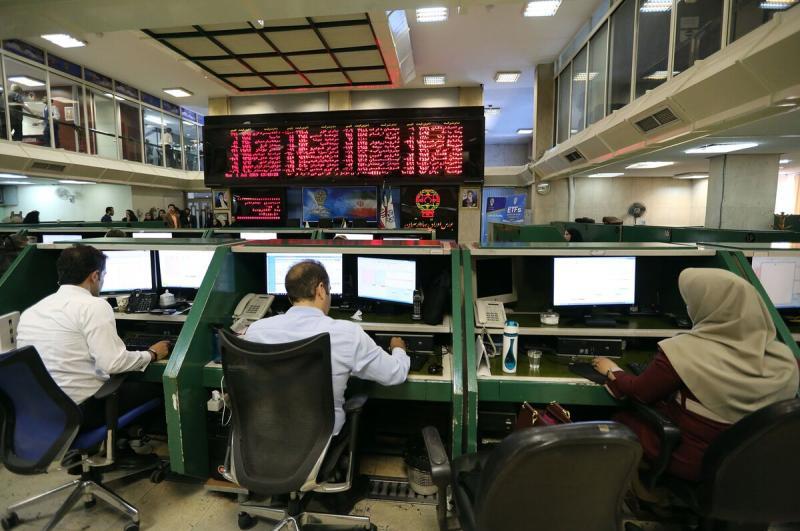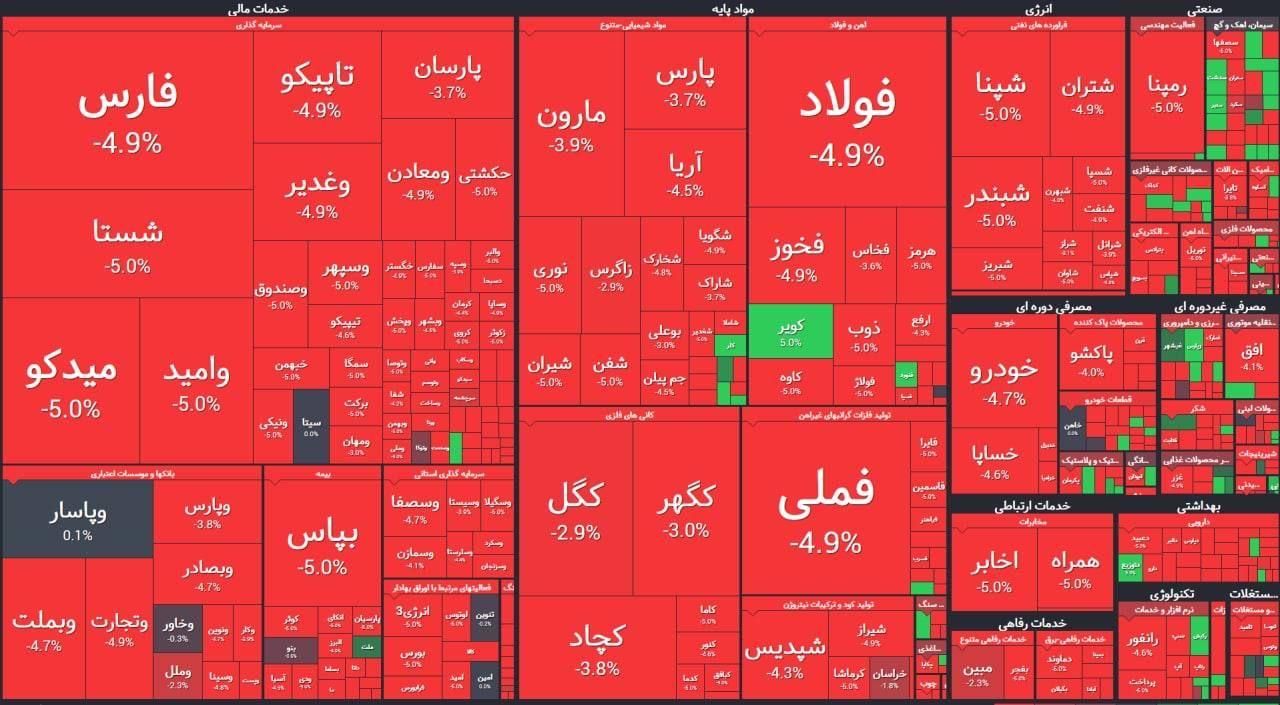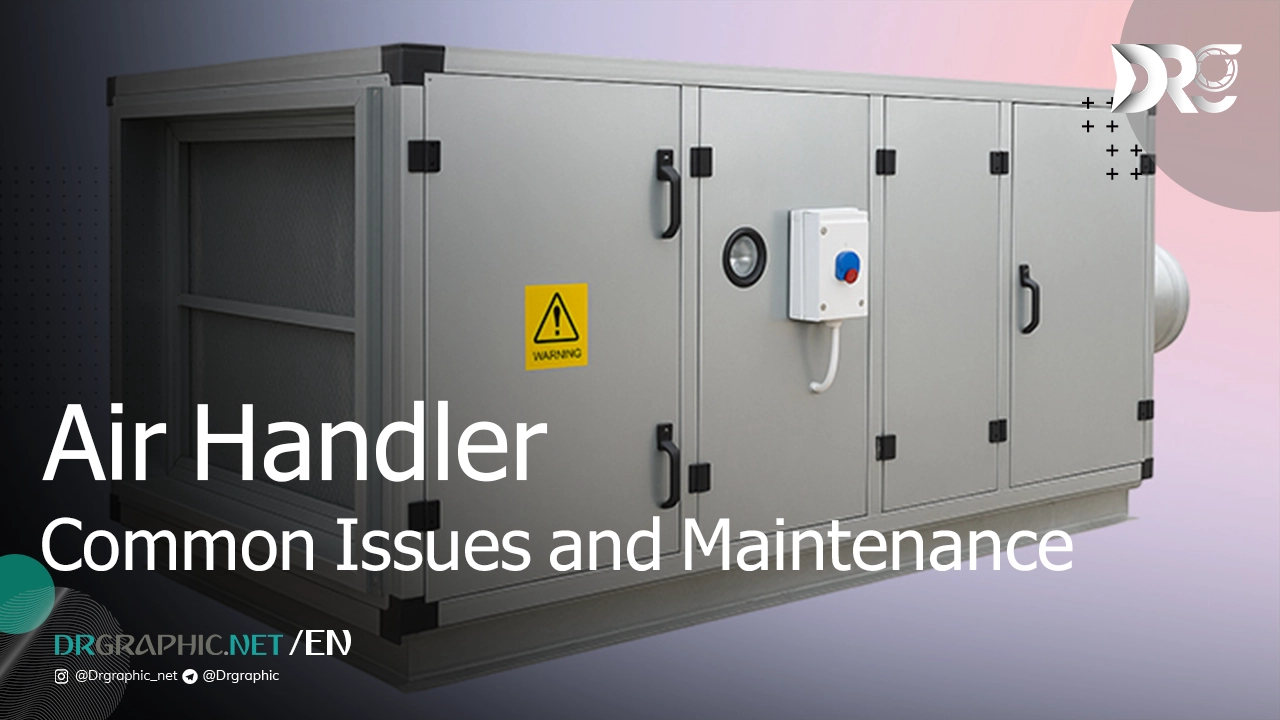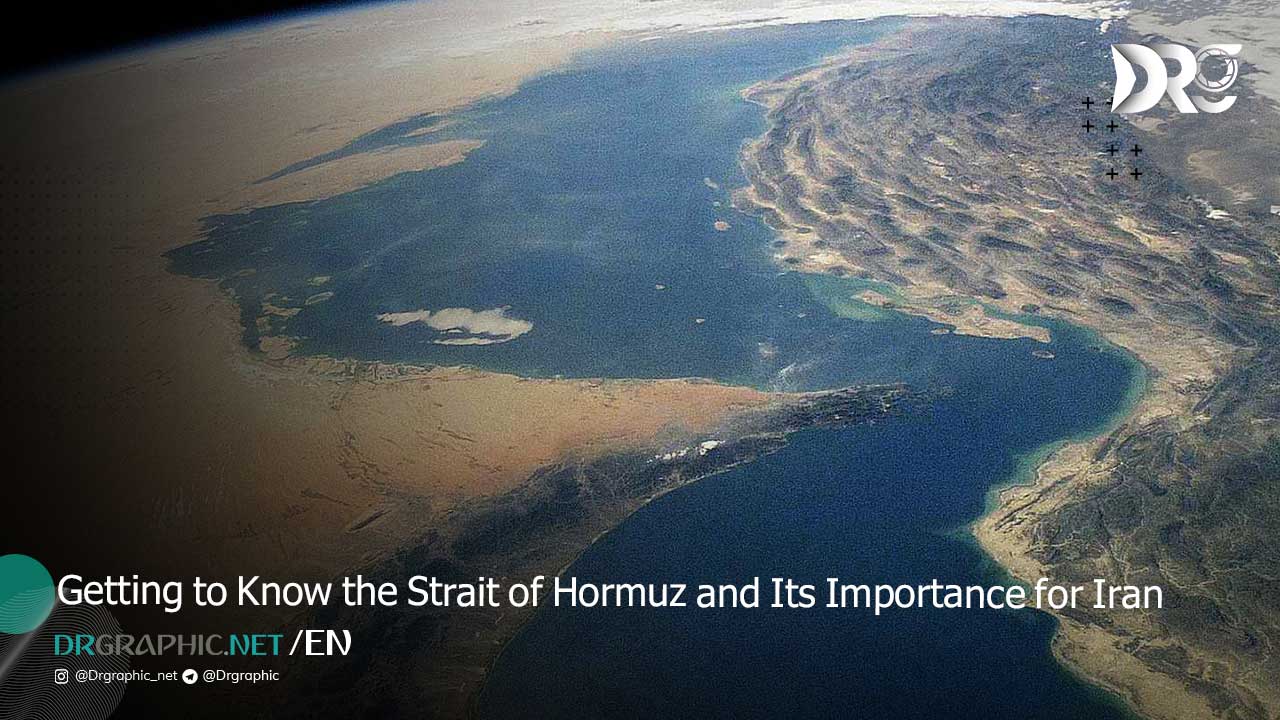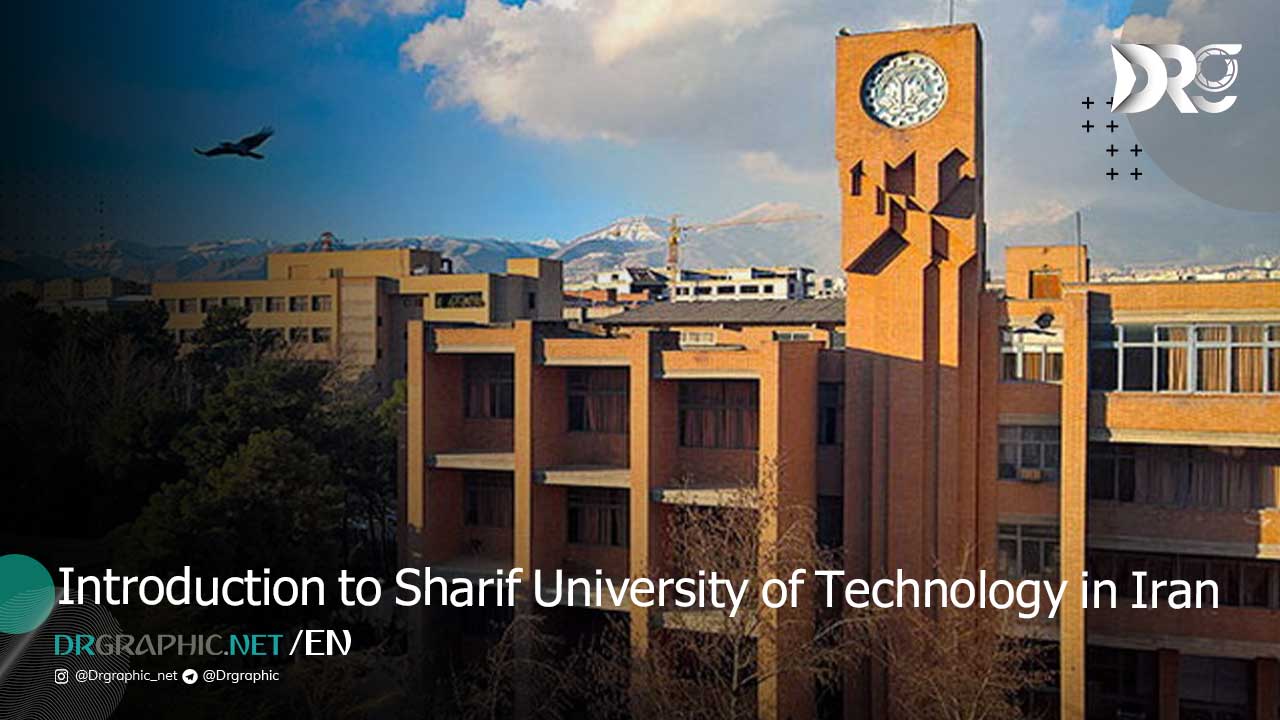The stock market in Iran, often seen as a complex and evolving system, offers both challenges and opportunities for investors. Despite its volatility and risks, Iran’s stock market has become an increasingly popular avenue for investment, especially in recent years, as inflation and other economic factors have driven individuals to seek alternative means of preserving and growing their wealth. Iran’s stock market, primarily centered around the Tehran Stock Exchange (TSE), is one of the largest in the Middle East, providing a diverse range of investment options. These include shares in various sectors such as banking, energy, telecommunications, and consumer goods.
Investing in the Iranian stock market can be attractive due to its relatively low-cost entry point and the potential for high returns. However, foreign investors often face a set of unique challenges, including navigating through a web of sanctions, regulatory hurdles, and political instability. Moreover, the local economic environment, marked by high inflation rates and fluctuating exchange rates, adds an additional layer of risk to investments in Iran.
For many, the stock market represents a hedge against inflation, especially in a country where inflation rates are often high, and the currency fluctuates significantly. Additionally, Iran’s economy is rich in natural resources, particularly in oil and gas, and many companies in these industries offer lucrative investment opportunities for those willing to take on the risks associated with the market.
In this article of Dr.Graphic, we will explore the current state of Iran’s stock market, the benefits and risks of investing in it, and practical steps for those interested in entering this dynamic financial arena.
What is the Stock Market in Iran?
The stock market in Iran consists primarily of the Tehran Stock Exchange (TSE), which was established in 1967. It has grown into the largest stock market in the Middle East in terms of market capitalization and the number of listed companies.
The Tehran Stock Exchange offers a wide range of investment options, including equities, bonds, and exchange-traded funds (ETFs). In addition to the TSE, there is also the Iran Fara Bourse (IFB), which operates as an over-the-counter market for smaller and emerging companies.
The TSE features companies from various sectors of the economy, with the largest sectors being oil and gas, banking, and telecommunications. The IFB is often seen as a more accessible option for retail investors, with a focus on newer and smaller companies that may not meet the listing criteria of the TSE. As of today, the Iranian stock market hosts over 500 companies, with a total market capitalization exceeding $100 billion.
Investors can buy and sell shares of companies listed on the TSE and IFB through licensed brokerage firms. These brokerages offer a platform for investors to place buy and sell orders, and they also provide research, financial analysis, and other services to assist investors in making informed decisions.
Iran’s stock market is open for trading from Saturday to Wednesday, with Thursdays and Fridays designated as weekends. The trading hours are generally from 9:00 AM to 12:30 PM, local time.
Benefits of Investing in Iran’s Stock Market
There are several benefits to investing in Iran’s stock market, particularly for those who have a high-risk tolerance and are looking for long-term gains. Here are some key advantages:
Potential for High Returns
Iran’s stock market has seen substantial growth over the past decade. Companies in the oil, gas, and energy sectors have attracted investors due to the country’s abundant natural resources, which are critical to global energy markets. As the demand for energy and natural resources continues to rise, investors in these sectors may benefit significantly.
Diversification
Investing in Iran’s stock market provides an opportunity to diversify an investment portfolio. Investors can access sectors that may not be available in other regions, such as energy, banking, and telecommunications, offering new growth prospects.
Hedge Against Inflation
Iran has faced significant inflation in recent years, and many local investors view the stock market as a way to hedge against the devaluation of the Iranian rial. Stocks have the potential to outperform inflation, preserving the purchasing power of invested capital over time.
Low Entry Costs
Compared to other global stock markets, Iran’s stock market offers relatively low entry costs, making it accessible for smaller investors. Brokerage commissions and fees are typically lower than those in more developed financial markets.
Challenges and Risks of Investing in Iran’s Stock Market
While the stock market in Iran presents significant opportunities, there are also risks and challenges that investors must consider. These include:
Political Instability
Iran’s political environment can have a profound impact on the stock market. Sanctions imposed by various international bodies, as well as domestic policy changes, can create uncertainty and market volatility.
Sanctions and Global Isolation
Economic sanctions against Iran have isolated the country from much of the global financial system. These sanctions limit the ability of Iranian companies to raise capital from international investors and can affect the performance of listed companies.
Inflation and Currency Volatility
Iran’s economy has been marked by high inflation rates and currency volatility. The Iranian rial has experienced significant depreciation against major global currencies, which impacts the value of investments. Inflation erodes the real value of returns, making it important for investors to factor this risk into their decision-making process.
Market Volatility
Iran’s stock market is relatively young compared to those in Western countries, and it is more susceptible to price swings and speculative behavior. This volatility can create both opportunities and risks for investors, particularly those without a long-term investment strategy.
How to Start Investing in the Stock Market of Iran
For those interested in investing in Iran’s stock market, the process begins with selecting a licensed brokerage firm. Here’s a simple guide to getting started:
Choose a Brokerage
There are numerous brokerage firms in Iran that are licensed to facilitate trading on the TSE and IFB. Investors can choose a firm based on the services it offers, fees, and reputation.
Open an Account
Investors must open a trading account with their chosen brokerage. This process typically involves providing identification documents, proof of address, and completing a risk assessment.
Fund the Account
After opening an account, investors can fund it using Iranian rials. Brokerage firms provide various methods of depositing funds into the account, such as bank transfers or payment gateways.
Research and Analyze
It is crucial for investors to research and analyze the stocks they wish to purchase. Brokerage firms often provide research tools, financial analysis, and reports to help investors make informed decisions.
Place Orders
Once the account is funded and research is done, investors can place buy and sell orders through their brokerage’s trading platform. Orders are executed during market hours, and investors can monitor their investments through their account.
Read more:
Conclusion
Investing in the stock market of Iran offers both exciting opportunities and significant risks. While the country’s natural resources, particularly in the energy sector, provide high growth potential, investors must carefully consider the risks associated with political instability, sanctions, and inflation. By doing thorough research and choosing the right investment strategies, investors can navigate the challenges and make the most of the opportunities presented by the Iranian stock market. Whether you’re a domestic or foreign investor, understanding the market dynamics is key to making informed investment decisions in this complex but rewarding environment.
Resources: tsetmc _ Sahamyab
How useful was this post?
Click on a star to rate it!
Average rating 1 / 5. Vote count: 1
No votes so far! Be the first to rate this post.


